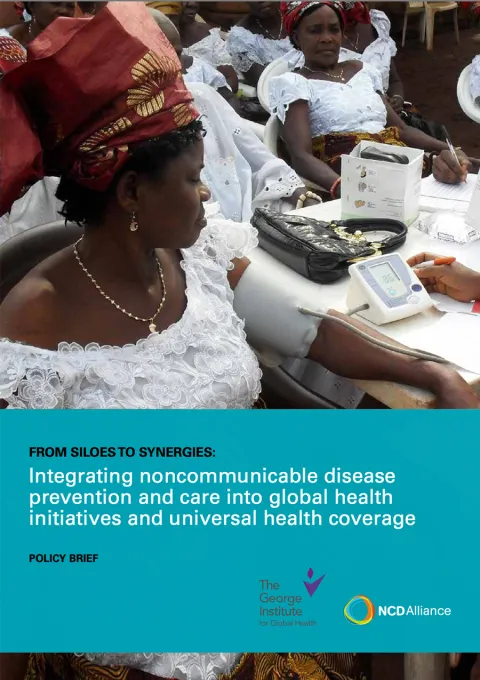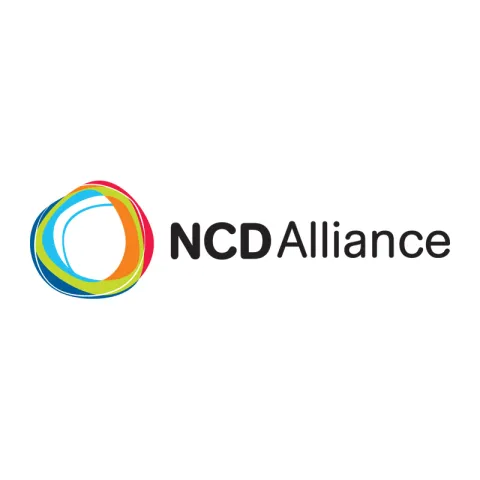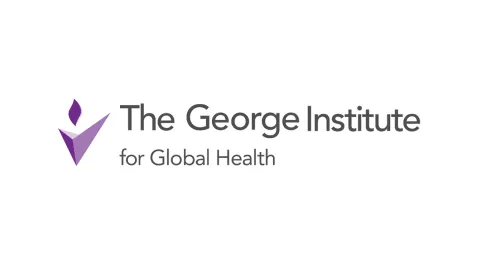From Siloes to Synergies: Integrating noncommunicable disease prevention and care into global health initiatives and universal health coverage

This policy brief summarises the findings of a report, commissioned by the NCD Alliance to The George Institute for Global Health, supported by the Helmsley Charitable Trust.
Focusing on priority populations addressed by global health initiative programming, this policy brief accompanies a full research report, and draws attention to the scale and nature of unmet need for NCD services, identifying what has been learnt from past efforts at expanding or integrating health care services. It draws on a literature review, stakeholder consultation, and an online survey representing the responses of 182 stakeholders globally, presenting their views on barriers and priority actions for whole-of-person care. The full report includes insightful case studies of successfully integrated services for people living with NCDs into internationally supported health initiatives in Kenya, Malawi and Zambia.

